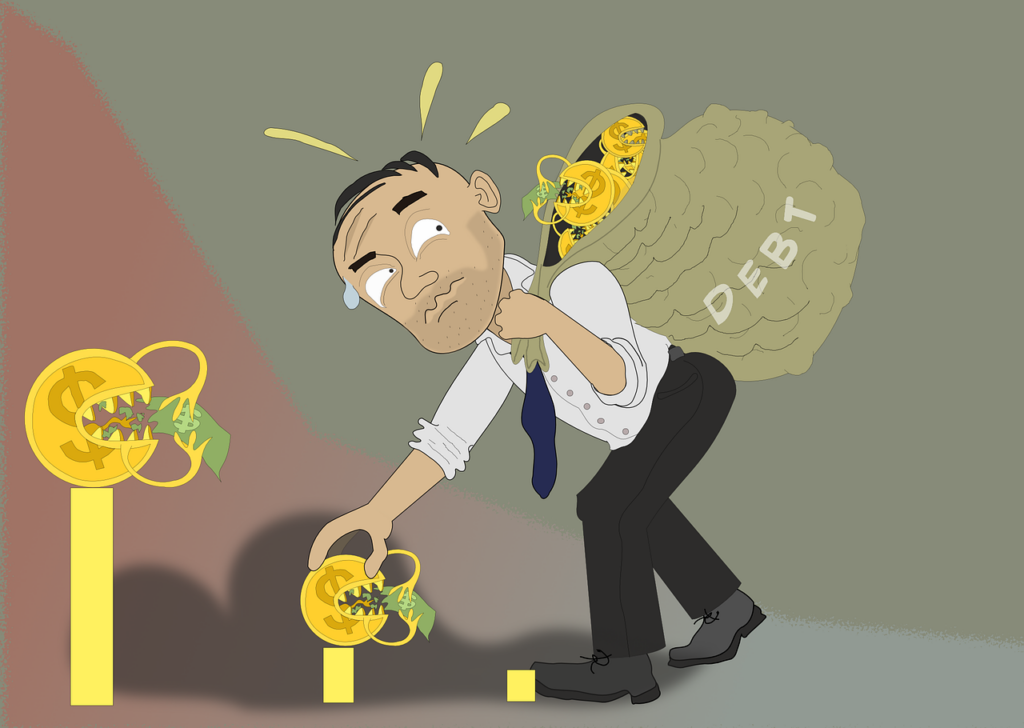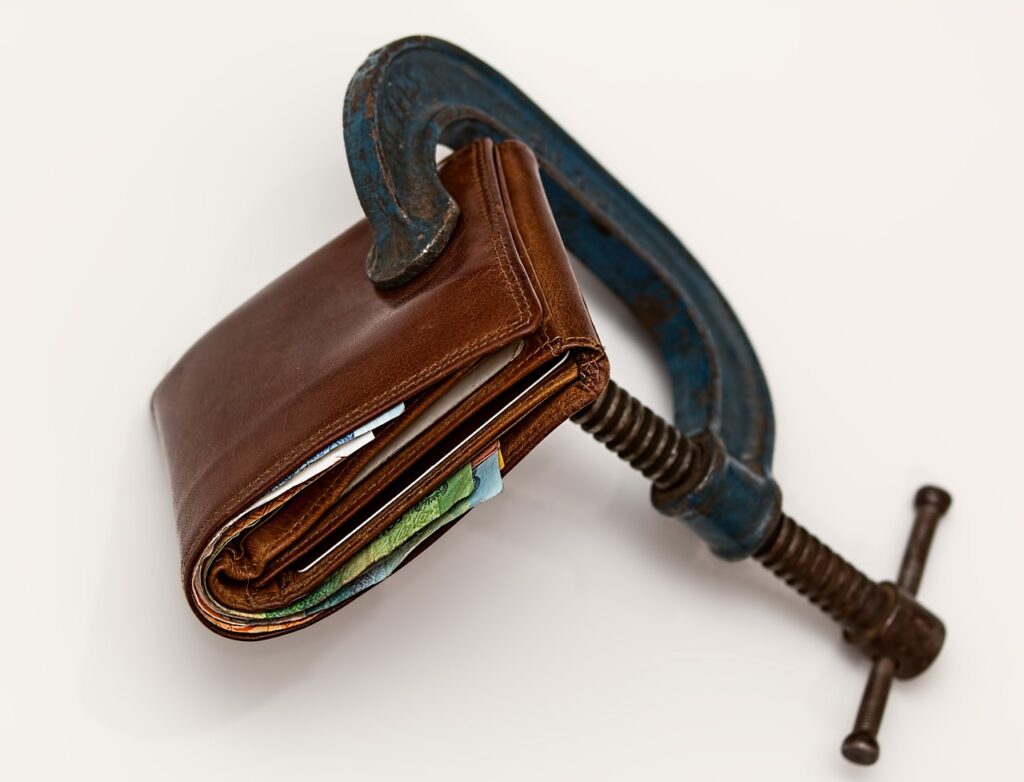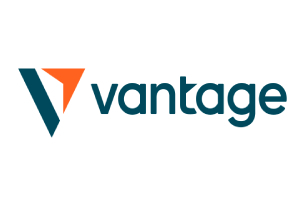NOTE: A worldwide debt crisis is looming and it is evidently unavoidable. However, the good news is that there are some decisive steps you can take to safeguard your personal financial wellbeing. One of those steps is Forex trading (provided you know the right way to do it). Forex trading has long been established as a recession-proof business and you can make a lot of money during the coming global debt crises. Learn2.trade offers Forex trading strategies that can help you take your trading to the next level.
Murphy’s Law: What can go wrong, will.
—-
NICE AND EASY DOES IT
With debt levels reaching all-time highs in major developed and developing economies, and with debt-to-GDP ratios also in record territory (not including contingent liabilities such as Social Security, health care and other entitlements, which make matters worse), it seems time to consider just how nations will deal with this problem.
The debt crisis may not be imminent, but it is unavoidable. When it happens, it may present the greatest financial disaster of all time. It’s never too soon for investors to consider the fallout.
When you issue debt in a currency you print, there’s no need for default in the sense of non-payment.
You can just have the central bank buy the debt (by printing money). This is the situation today in the U.S., Japan, the U.K. and the European Monetary Union (the countries that use the euro). They all have huge debt burdens, but they all have central banks that can simply buy the debt by printing money to avoid default.
There are many bad consequences to printing money and storing up debt on central bank balance sheets, but non-payment of debt is not one of them. This is the mantra of the Modern Monetary Theorists (MMT) and their thought leader Stephanie Kelton.
In my view, MMT is garbage as economic policy, but the no-default tenet is valid. George Soros says the same thing.
That said, we are well past the point where the debt can be managed with real growth. That threshold is about a 90% debt-to-GDP ratio. A 60% debt-to-GDP ratio is even more comfortable and can be managed.
Unfortunately, the major reserve currency economies are all well past the 90% ratio as are those of many smaller countries. The U.S. ratio is 134%, an all-time high. The U.K. ratio is 102%. France is 111%. Spain is 112%. Italy is 145%.
China reports a figure of 77% but this is highly misleading because it ignores provincial debt for which Beijing is ultimately responsible. China’s actual figure is over 200% when provisional debt is included.
The champion debtor is Japan at 261%. The only major economy with a halfway respectable ratio is Germany at 67%. It’s Germany’s misfortune that they are probably responsible for the rest of Europe through the ECB Target2 system.
All these countries are headed for default. But we must consider the different ways to conduct a default.
There are three basic ways to default: non-payment, inflation and debt restructuring. You can take non-payment off the table for the reason mentioned above — you can always just print the money.
The same goes for restructuring. Inflation is clearly the best way to default. You pay back the money in nominal terms, but it’s worth very little in real terms. The creditor loses and the debtor countries win.
The key to inflating away the real value of debt is to go slowly. It’s like stealing money from your mother’s purse. If she has $50 and you take $40, she’ll notice. If you take one dollar, she won’t notice. But a dollar stolen every day adds up over time.
This is what the U.S. did from 1945–1980. At the end of World War II, the U.S. debt-to-GDP ratio was 120% (about where it is now). By 1980, the ratio was 30%, which is entirely manageable.
Of course, nominal debt and GDP soared, but nominal GDP went up faster than nominal debt, so the ratio fell. If you can keep inflation around 3% and interest rates around 2% and exert fiscal discipline (which we did under Eisenhower, Kennedy, Nixon and Ford), the nominal GDP will grow faster than nominal debt (due to the Fed capping rates).
If you improve the ratio by, say, 2% per year and keep it up for 35 years (1945–1980), you can cut the ratio by 70%. That’s what we did.
The key was to do it slowly (like stealing from your mom’s purse). Almost no one noticed the decline in the real value of money until we got to the blow-off stage (1978–1981). But by then it was mission accomplished.
So there are two ways to deal with excessive debt: fiscal discipline and inflation. From 1945–1980, the U.S. did just that. If you run inflation at 3% and interest rates are 2%, you melt the real value of debt. If you exert fiscal discipline relative to GDP, you decrease the nominal debt-to-GDP ratio.
We did both.
The reason the debt-to-GDP ratio is back up to 134% is that Bush45, Obama, Trump and Biden ignored the formula. Since 2000, fiscal policy has been reckless so the formula doesn’t work. The problem isn’t really “money printing” (most of the money the Fed prints just comes back to the Fed as excess reserves, so it doesn’t do anything in the real economy).
The problem is that nominal debt is going up faster than nominal GDP, so the debt-to-GDP ratio goes up. This dynamic will be made much worse by the huge increase in interest rates over the past 18 months.
You can’t borrow your way out of a debt crisis. We have also been unable to generate much inflation. Inflation ran below 2% for almost all of the 2009–2019 recovery.
Looking at the global picture, it’s important to understand that Japan is just a bigger version of the U.S. They don’t have fiscal discipline and they can’t get inflation to save their lives. The only way out for Japan is hyperinflation, which will come but not yet.
Japan can probably keep the debt game going for a while. The crash will come when the currency collapses. When I started in banking, USD/JPY was 400. Those were the days!
A debt crisis is on the way.
Something big and stupid (in the words of the brilliant analyst Stephanie Pomboy) is coming from policymakers to address the issue. But the solution won’t be a policy and it won’t be a plan. A crisis will just happen almost overnight and seem to come from nowhere.
But it will come.
Author: Jim Rickards
Source: AltucherConfidential
- Broker
- Min Deposit
- Score
- Visit Broker
- Award-winning Cryptocurrency trading platform
- $100 minimum deposit,
- FCA & Cysec regulated
- 20% welcome bonus of upto $10,000
- Minimum deposit $100
- Verify your account before the bonus is credited
- Fund Moneta Markets account with a minimum of $250
- Opt in using the form to claim your 50% deposit bonus
Learn to Trade
Never Miss A Trade Again

Signal Notification
Real-time signal notifications whenever a signal is opened, closes or Updated

Get Alerts
Immediate alerts to your email and mobile phone.

Entry Price Levels
Entry price level for every signal Just choose one of our Top Brokers in the list above to get all this free.



